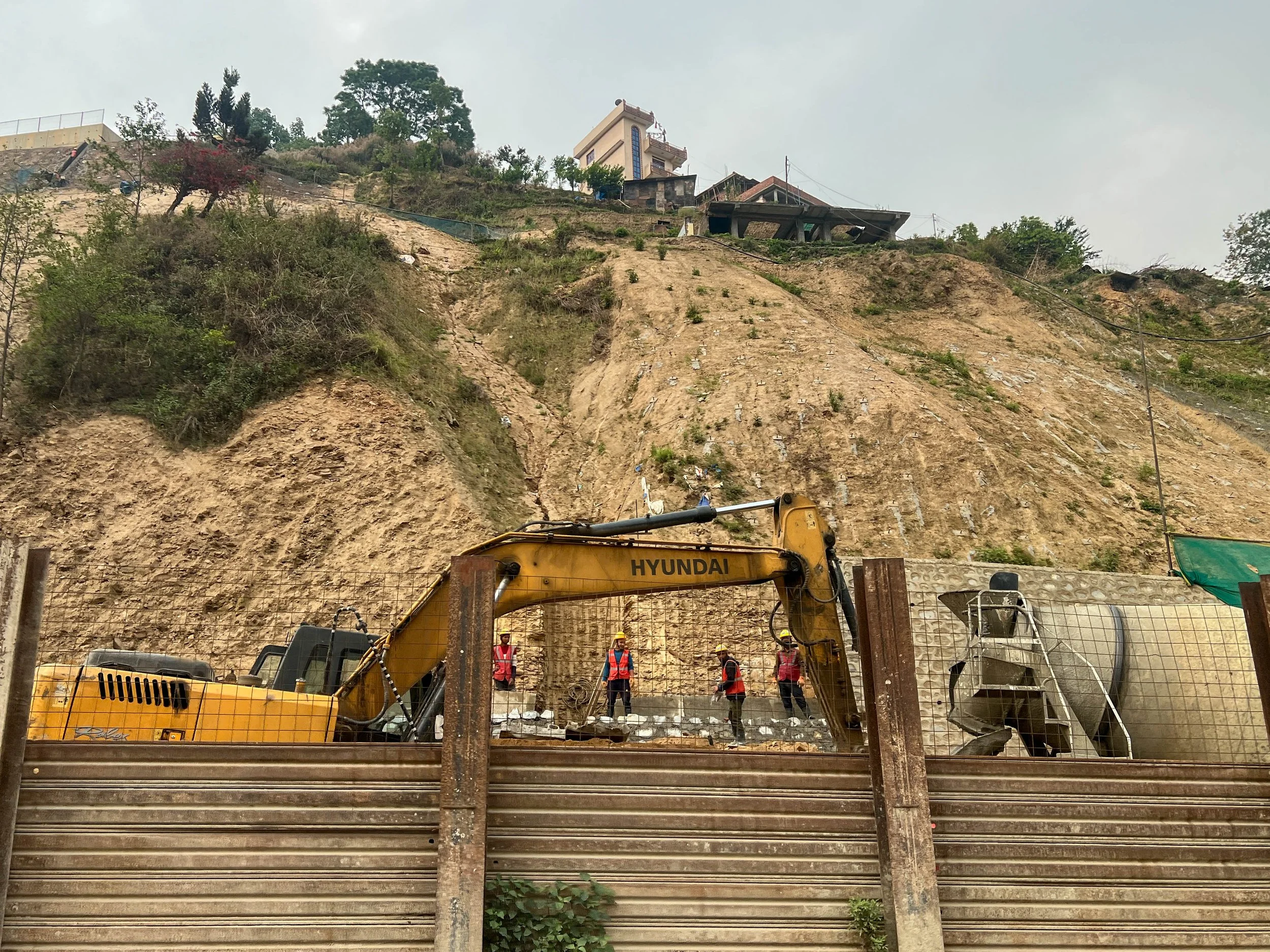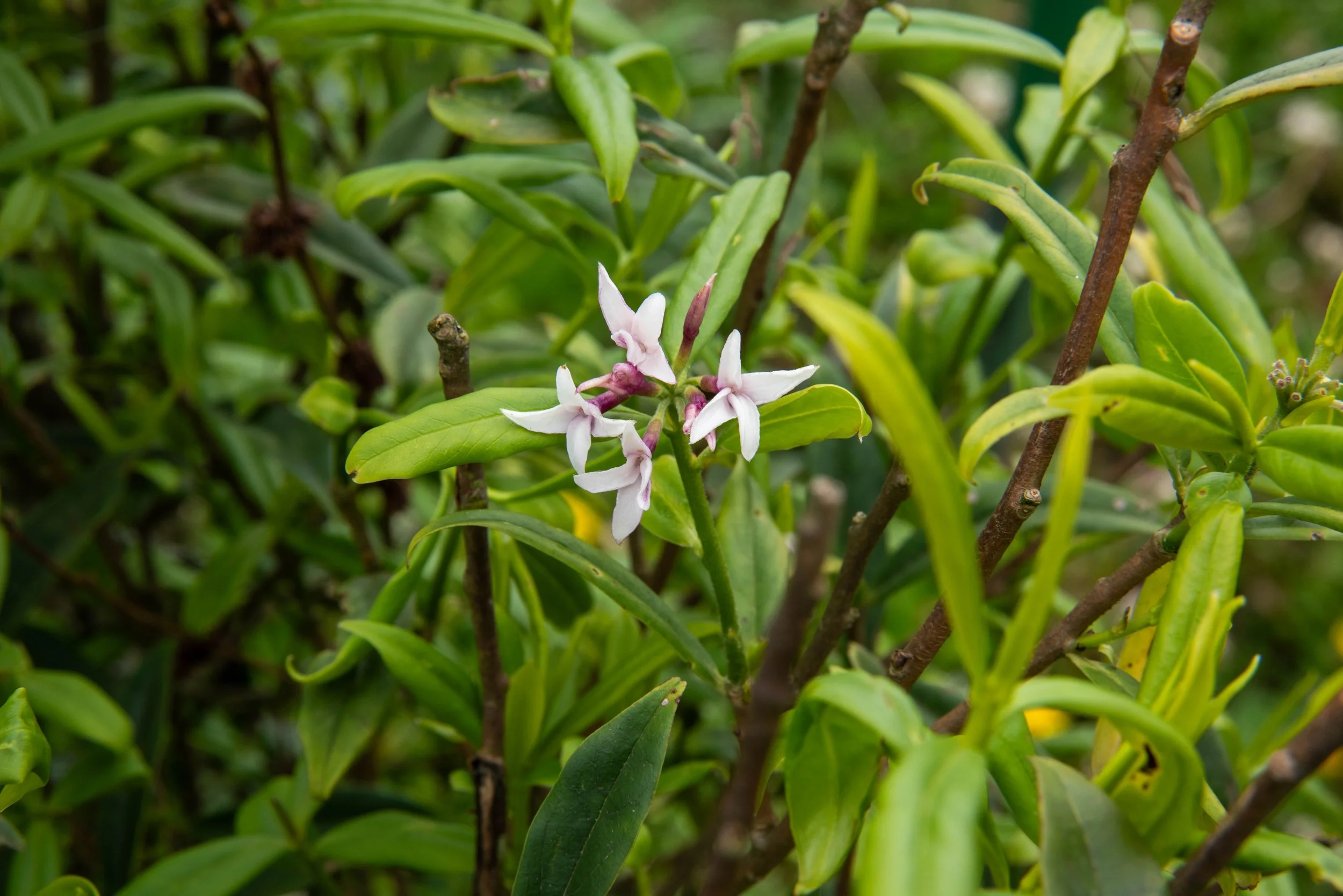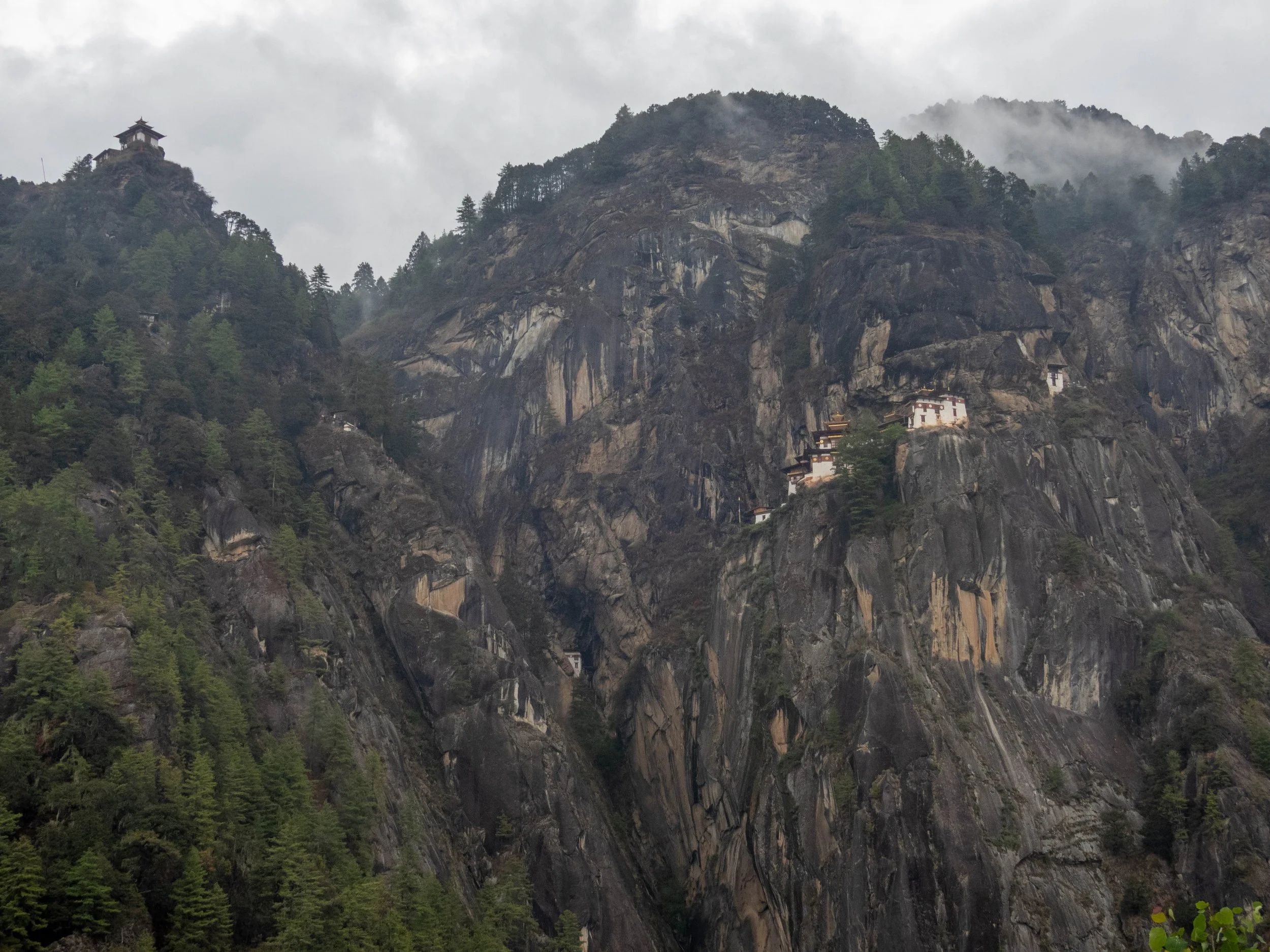We are about to embark on an expedition to Nepal, Bhutan and India, travelling with friends whom we originally met on the Trans Siberian railway trip in 2007.
We are travelling by private vehicle with local English speaking tour guides. Our itinerary has been customised to suit our group and is quite varied including scenic views of mountains (hopefully including panoramic views of the Himalayas), cultural heritage sites, national parks, local craft bazaars, local markets, temples, museums, ancient cities, monuments including the Taj Mahal, a few hikes (not too demanding), a rafting experience, a boat ride, a jeep safari, a rickshaw ride…. Our tour includes some time to relax - all with camera(s) in hand.
Watch this space to follow our adventures although updates may be spasmodic depending on access to the internet.
Punakha Dzong, Punakha, Bhutan
























































































































































































































































































